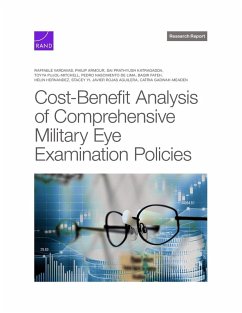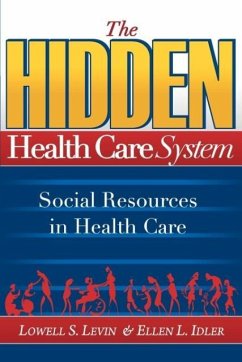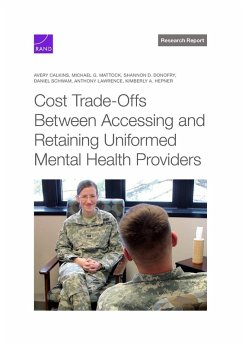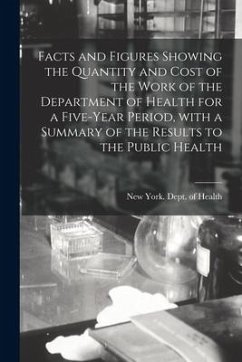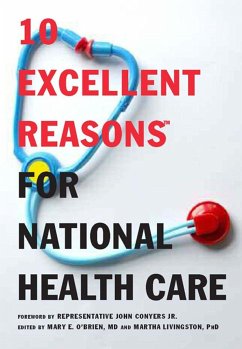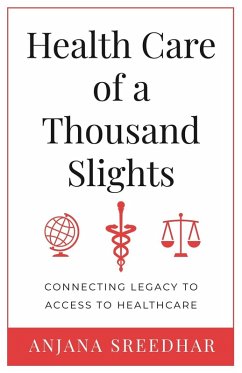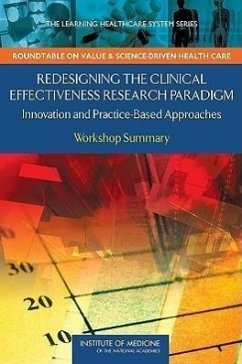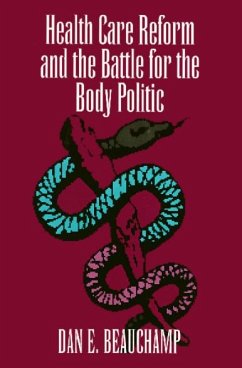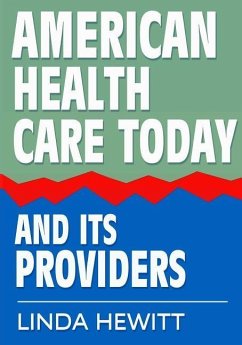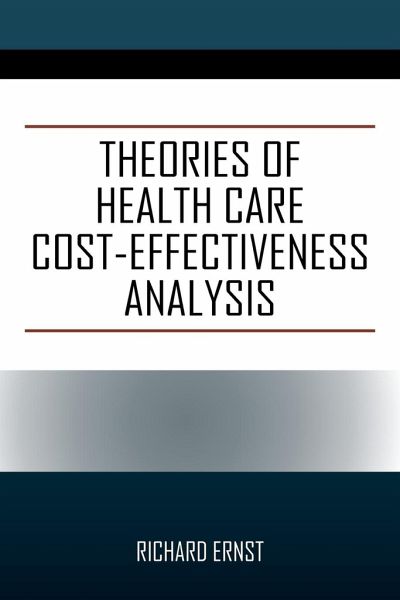
Theories of Health Care Cost-Effectiveness Analysis
Versandkostenfrei!
Versandfertig in 1-2 Wochen
29,99 €
inkl. MwSt.

PAYBACK Punkte
15 °P sammeln!
The book is intended for users of health care cost-effectiveness analysis--health care policy authorities, researchers, students, and others--who wish to know and understand the discipline's theoretical foundations. The decision rules by which public health care agencies can choose the most socially beneficial--here called absolutely cost-effective--treatments to provide to or insure for their patient communities are stated in the book. The rules are derived algebraically from standard utilitarian welfare premises and two different models of an agency's optimizing behavior. They are presented ...
The book is intended for users of health care cost-effectiveness analysis--health care policy authorities, researchers, students, and others--who wish to know and understand the discipline's theoretical foundations. The decision rules by which public health care agencies can choose the most socially beneficial--here called absolutely cost-effective--treatments to provide to or insure for their patient communities are stated in the book. The rules are derived algebraically from standard utilitarian welfare premises and two different models of an agency's optimizing behavior. They are presented equivalently with incremental cost-effectiveness ratios and net benefits defined as decision variables. The methods and problems of probabilistic cost-effectiveness analysis are discussed, and simple statistical tests on net benefits variables are proposed for making probabilistic assessments of the absolute cost-effectiveness of new treatments.



